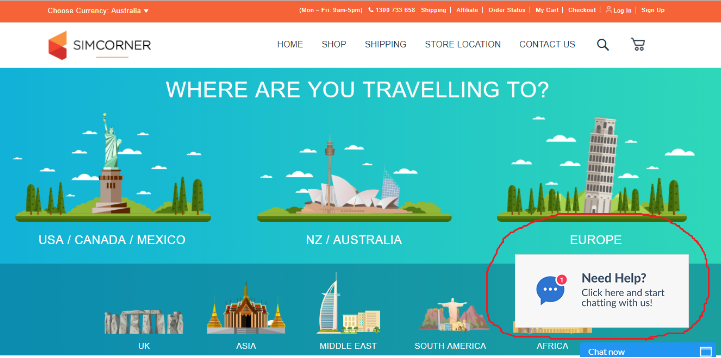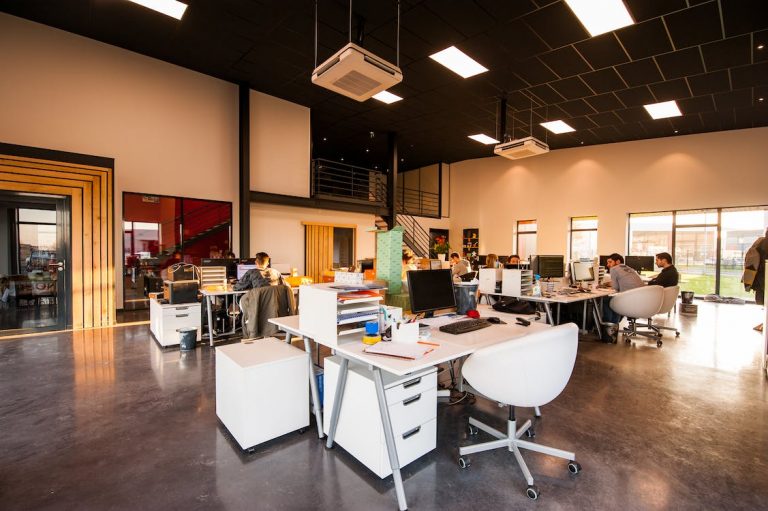How To Improve Your Customer Service With Chatbots
A few days ago I had a terrible customer service experience with one of Australia’s biggest footwear retailers.
I needed a new pair of walking shoes and looked online to find something. I discovered a pair I liked and then searched for a local store where I could try them on.
One of the largest footwear retailers in the country had them on their website so I tried calling my two closest stores to check if they were in stock.
The first store didn’t have my size. So I tried calling the second store and got no answer.
Then I found another phone number on their website. I tried that and got a message saying the number had been disconnected.
I tried messaging the Facebook page. Not the Facebook page for the local store (they didn’t have one). This was their national Facebook page with almost 200,000 fans that I messaged.
You would think one of the largest footwear retailers in Australia would have people monitoring their Facebook inbox and quickly responding to messages right? Nope, no response. (I did eventually get a message back over 48 hours later)
Then I thought I’d try their national customer service support line. I was hoping they could direct me to my local store.
When I got through to them I was told they couldn’t put me through to the local store because they were located abroad. But they did give me a number for their stock inquiry line.
I tried calling this stock inquiry line and discovered the guy from customer service had given me the wrong phone number. So I returned to their website to find the correct number.
With the correct number, I tried the stock enquiry line again. This time I got a pre-recorded message asking me to select from different options. Eventually I was directed to a message from the head office telling me they weren’t available and to check the website.

As you can probably guess, I didn’t end up buying my shoes from them. I went to one of their competitors instead.
This is a perfect example of where a chatbot could be used to improve the customer experience and also bring better outcomes to the business.
ENTER LIVE CHAT
What if I could’ve got an answer about whether the shoes I wanted were in stock in less than two minutes, without needing to call anyone?
If the retailer had a live chat function on their website, this would have been possible. This could have saved me over 20 minutes and saved the retailer from losing a customer.
I actually put together a demo showing how a chatbot operated Messenger live chat could be used by a footwear retailer to help customers with stock inquiries. You can try it out here.
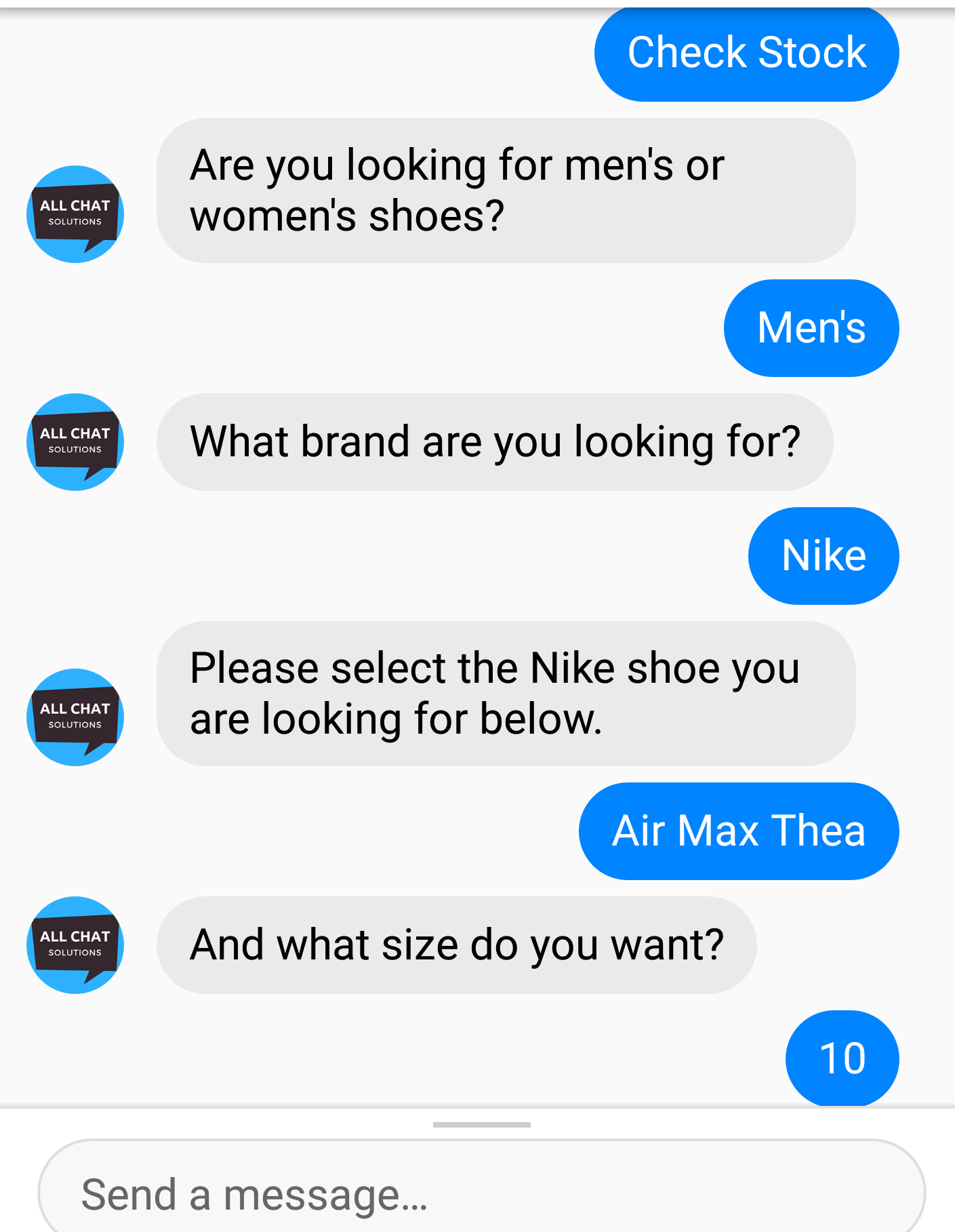
Live chat may seem like an obvious solution. We’ve all seen live chat on websites before and probably used it at some time.
In fact, 53% of consumers say they would prefer to use online chat before calling a business for customer support. This figure is even high among millennials. People value the convenience of online chat and like to receive quick responses.
But if so many people would rather use online chat to get answers, then why do so few major businesses offer live chat on their website or on Facebook Messenger?
Just recently, I was searching online for a SIM card to use while overseas. I discovered Sim Corner who offered SIM cards that could be used throughout Europe and other parts of the world. Their prices sounded reasonable, their reviews sounded good, but I still had a few questions.
Fortunately they had a live chat option on their website. I was able to get an immediate response to my questions and went ahead and purchased the SIM card from them.
Not only was this experience very convenient for me, it also made me feel confident that I would be able to get in contact with someone if I had any problems with the SIM card while overseas.
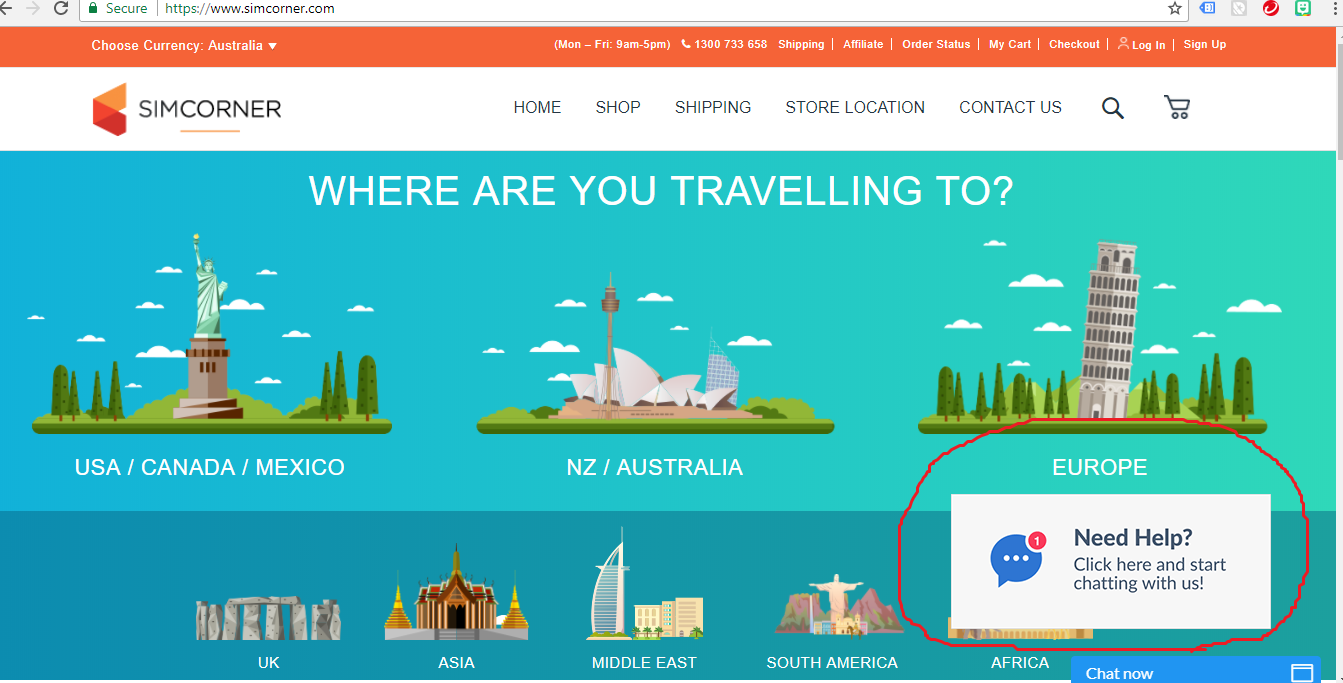
And I’m not alone, it turns out other people are generally very satisfied with the experience they have using live chat as well. According to ICMI, live chat has higher satisfaction ratings than any other customer service channel, at 73%.
PEOPLE VALUE SPEED AND CONVENIENCE
When you look at the success of companies like Uber, Netflix, Amazon and AirBnb, you have to realize that people value convenience and when possible, they generally prefer to avoid other humans for service.
All of these companies have taken something people could do before (like getting a taxi or watching a movie) and made it more convenient for the user. They have also eliminated (or at least partially) the human interaction that was required in the past.
Not long ago, when my local supermarket introduced self serve checkouts it surprised me at first how many people opted for the self serve over the staffed checkouts. If you’ve ever been through a self serve checkout, you’ve probably noticed the same thing.
Self serve checkouts are generally viewed as more convenient and they eliminate the need to speak to a human staff member.
How many people would prefer to call to book a taxi over booking an Uber through a mobile app? It seems like not many.
If you’re a business owner, two things should be clear:
1. Your customers want a convenient way to contact your business and get fast responses to their questions
2. A lot of people would prefer not to speak to your staff over the phone or in person.
It’s up to you to give these people an alternative to traditional customer service channels. And for many people their preferred alternative is live chat, whether it be on your website, Facebook Messenger or another digital medium.
WEIGHING UP LIVE CHAT OPTIONS
There are three main options a business has if they chose to offer online chat customer service — human operated, chatbot or hybrid.
Human Operated
This is the most commonly used option I have seen businesses use. Users can start a chat with the business and get a response from a real human. This works well when users have more complex questions that a chatbot may not be able to answer.
However, it does have disadvantages for both the business and the user. The business needs someone to monitor the chat, responding to messages ideally 24 hours a day. But 24/7 human operated live chat just isn’t possible for most businesses.
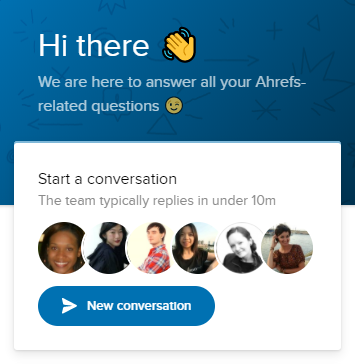
Users may be left waiting to get answers to their questions if the business is occupied responding to messages from other customers. Sometimes the user may not get an answer at all if it is outside of business hours, leaving the user feeling frustrated and more likely to go to a competitor.
Chatbot
A chatbot allows businesses to automate customer service live chat conversations. According to IBM, up to 80% of routine customer service questions could be answered by a chatbot.
Chatbots can be trained to respond customer service questions and provide fast solutions, 24/7. For the user, this is an advantage because they can get instant answers to their questions at any time, without needing to wait on a human.
Customers also get a reliable, consistent experience. Humans make mistakes and can give users incorrect or misleading information. Just like when the person from the footwear retailer customer service hotline I spoke to gave me the wrong phone number for the stock inquiry line.
If they have been set up correctly, chatbots will always provide the correct answer. Any errors they make can be quickly identified and corrected to ensure the chatbot doesn’t repeat them in the future.
For businesses, customer service chatbots offer a way to reduce costs and satisfy customers by providing fast and convenient service. Businesses can reduce costs by up to 30% by using chatbots for customer service.
Hyrbrid
A hybrid live chat customer service experience relies on both humans and chatbots to assist customers. Routine questions can be delegated to chatbots to respond to, while more complex inquiries can be sent to a human.
This approach generally provides the best experience for the user. Chatbots usually aren’t able to understand and respond to every question they receive from users. This can lead to frustrating experiences for users trying to interact with a business using 100% chatbot operated live chat..
To minimize customer service costs and ensure users get fast responses, businesses should try to use chatbots where possible.
But you need to be aware of your chatbot’s limitations. Expecting it to handle 100% of custimer service inquiries is probably unrealistic and could damage your reputation when users can’t get the answers they need.
That’s why I usually recommend the hybrid approach. One of the most important functions your chatbot can perform is notifying humans when it needs assistance.
CONCLUSION
Bad customer service experiences will damage your businesses reputation and you will lose customers.
We know that people are sick of calling customer service lines and being put on hold or speaking to unhelpful customer service agents. More than half of people would prefer to message your business for customer service instead of making a phone call.
It’s clear that online live chat appeals to customers because of it’s convenience and fast response times.
Automating live chat customer service with chatbots not only benefits users but also offers many advantages to businesses. Chatbots can reduce costs and give your business a way to provide 24/7 customer service,

